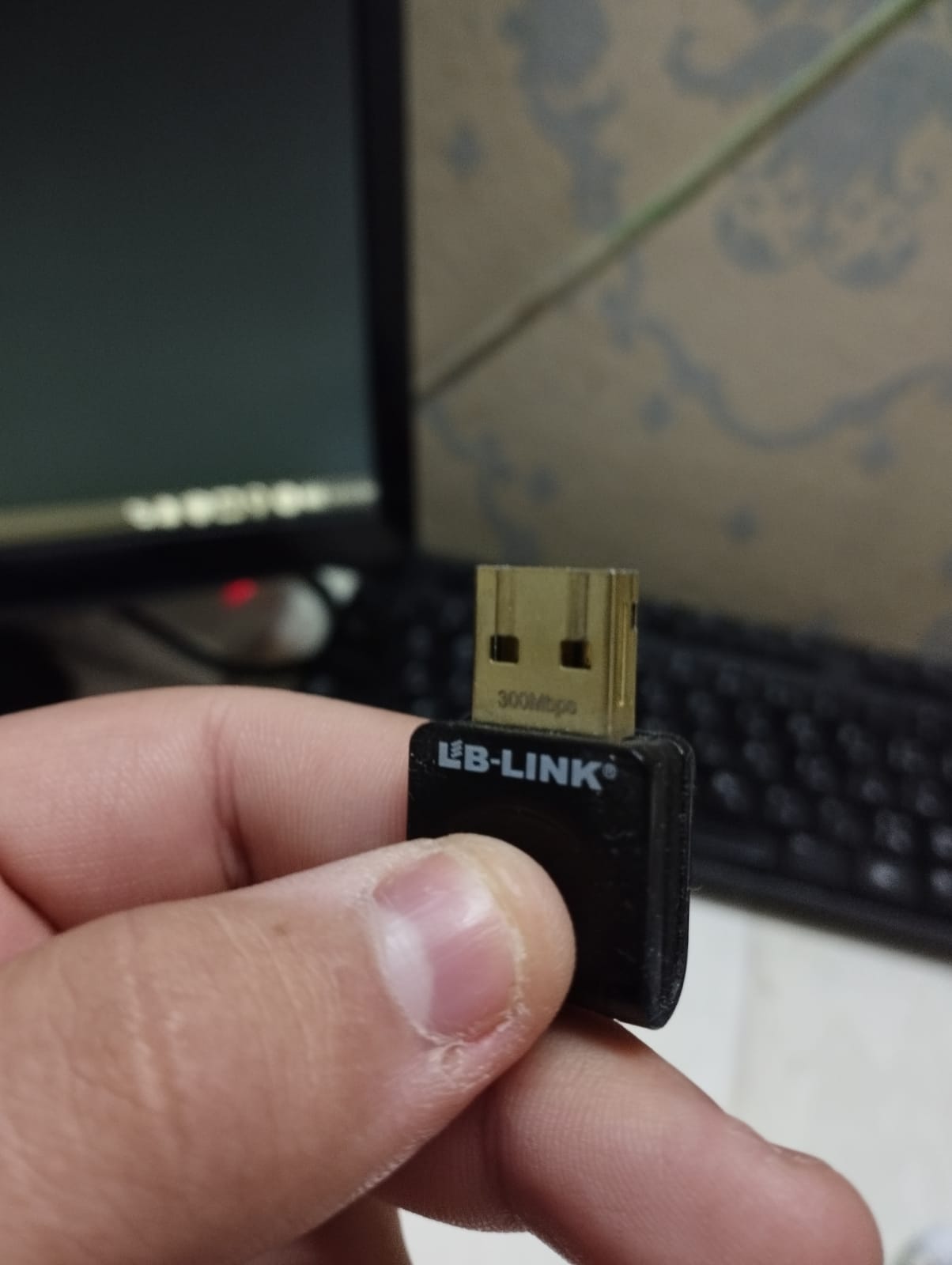There is not even a “Help” or a “Read Me”. There is not even a Doc on their official web page, if there was I cannot find it. Context: I am trying to transition from Windows to Linux. I am using Linux Mint in VM Ware before fully switching to it.
Please run
lsusband post the output of the line where your wireless chip is here.Did you install the
linux-firmwareand/orfirmware-ralinkpackage?You might be able to just search the internet for the vendor/device ID (the 8 hex digits looking like
00a0:ab67) and “linux mint” and find a guide on how to run this.If you install
lshwand dolshw -c netyou might also gain valuable information about your network hardware.WAIT, is this it?
-network description: Ethernet interface physical id: 2 bus info: usb@3:13 logical name: usb0 serial: 6e:23:2f:0e:47:0e capabilities: ethernet physical configuration: broadcast=yes driver=rndis_host driverversion=22-Aug-2005 firmware=RNDIS device ip=192.168.70.35 link=yes multicast=yes WARNING: output may be incomplete or inaccurate, you should run this program as super-user.
this looks like Ethernet, not WLAN.
hmm… maybe it’s the wrong driver and im being stupid
Is this a wifi or a LAN card? What model exactly.is it?
Even if you don’t know this, you’re not stupid. At most you simply lack experience or knowledge.
deleted by creator
It’s a USB adapter, LB-Link BL-WN351. My father got me this 6 months ago.

Can you try and look into this one?. The README should be in the “doc” folder.
First, I would strongly recommend creating a bootable USB drive and booting to it instead of using a VM if you are looking to test hardware compatibility and drivers. If this isn’t something you are familiar with, just let me know and I can try to point you in the direction of some useful resources. The virtualization pass through can add an additional set of headaches that is not representative of what your experience will be after installation, and you can reuse the bootable drive later if you decide to go forward with installation. There is no risk to the data you currently have on the machine, unless you decide to do the installation process or otherwise deliberately muck about.
It is also possible a suitable driver is already in the kernel for this device, since it looks to be a fairly standard USB Wifi adapter, in which case you might learn that you don’t need to mess with driver installation at all. In my experience, I have only needed drivers for Nvidia hardware, and when I have been trying to do something unusual with AMD graphics hardware, but I also have never heard of the company for your particular adapter, so your mileage may vary. Regardless, if you are continuing with your VM testing, make sure all of your USB pass through is being handled correctly so you aren’t barking up the wrong tree.
As far as the drivers themselves, it looks like if you go a few directories down, there is some documentation, as in a
Readme.txtthat just contains a list of changes made to the software in various versions. I think if you dig down in the extracted zip file intoWIFI-FE-2(Other Driver)/Linux Driver/DPA_MT7601U_LinuxSTA_3.0.0.3_20130313/you’ll be in more or less the right place. From there I think on the command line you can just domakeand things should get compiled by your system toolchain, and then when that hopefully finishes successfully you can dosudo make installto get everything where it needs to go. Those are fairly standard steps for installing from source on Linux, though they are typically preceded by a command to Automake or CMake to fully configure the build system. I don’t see any evidence of those tools being present, but that’s something to check out if the commands I mentioned throw up an error of some kind.Anyway, good luck! I hope that Linux on the desktop impresses and you make the switch, but if not I hope you at least get the chance to learn more about your system. And don’t hesitate to respond here or in a DM if you have other questions!
Thanks, I am transitioning cuz of the new Windows 11 policy that if you want to use Windows, you have to login to your Microsoft acc which is just bogus to me so that’s why I’m transitioning.
You could, however, just disconnect your Windows from the network if you want to install Windows 11, or keep using Windows 10 as it’s still supported.
I have switched, now I just need to install the driver, which I am having a problem with. Consider this link here https://lemmy.ml/post/282846
yes, but why didn’t you try what @gyrfalcon@beehaw.org suggested in their top comment?
Just go to the
WIFI-FE-2(Other Driver)/Linux Driver/DPA_MT7601U_LinuxSTA_3.0.0.3_20130313/folder and type make. What happens?And why did you create a second thread for this?



